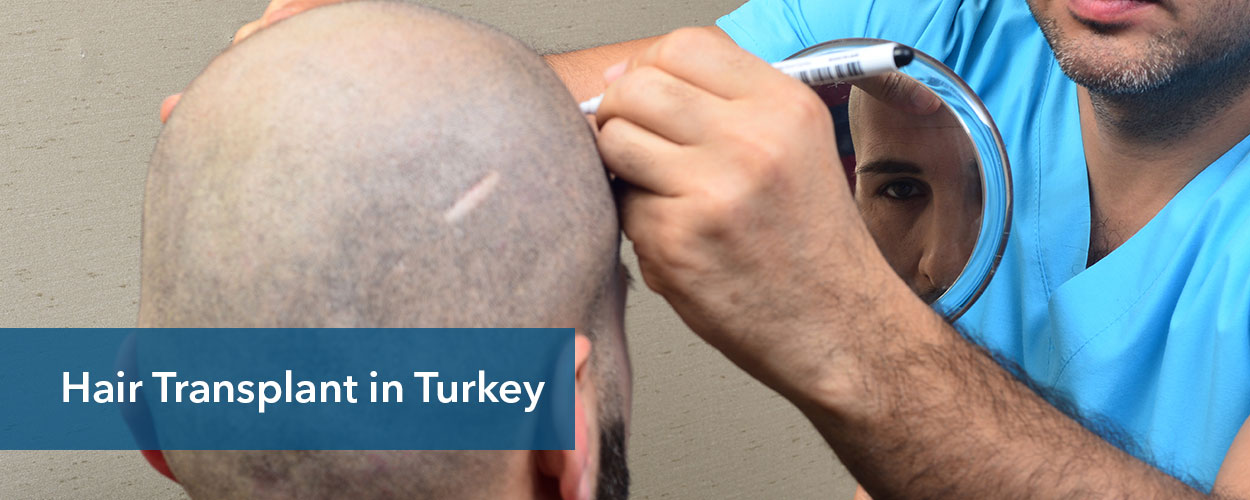Hair Transplant Procedure
There are different types of hair transplant techniques available these days. However, there are some common steps in the procedure for hair transplantation despite the type of technique used. This includes:
Hairline Drawing:
Using a marker pen, the surgeon draws the borders of the hairline on the patient’s scalp. Once the patient approves the drawn-on hairline, the procedure starts.
Shaving:
This is not a necessary step and many not be used in every hair transplant procedure, depending on the technique used. The number of grafts needed is also plays a role in deciding this. In FUT procedure, the entire donor strip is shaved to prepare before surgical extraction. Whereas in FUE or other technique such as DHI Choi, shaving is not always required.
Local Anaesthesia Injection:
With surgical hair transplant treatment, local Anastasia is administered prior to the procedure. The surgeon will inject a local anaesthesia directly into the donor area from the hair follicle units are to be extracted. Also, local anaesthesia may also be required for the recipient site where the incisions will be created.
Graft Extraction:
Hair to be transplanted are extracted from the scalp or other body parts, depending on the density and quality of hair in the donor regions. The extraction is done using a manual punch or a mechanical punch. For FUT procedure, the hair from the donor region is surgically excised.
After graft isolation, they are individually extracted using sterilized medical forceps. The number of hair follicle units harvested is based on the area of bald regions.
The more the area of baldness, the more hair follicles will have to be extracted. Immediately after the extraction, hair are put in a petri dish containing a Saline solution.
Separating Follicular Units:
This process involves separating the hair grafts depending on the number of hairs in a follicular unit. Grafts containing 1 or 2 hair strands are usually used for the hairline to give a natural appearance and have to be separated from other grafts. The grafts that have 3 or more hairs per follicular unit are used for the middle and back regions of the scalp.
Incision and opening the channels
The surgeon uses a steel micro-sized scalpel or a gauge needle to create several punctures on the scalp surface to create open channels for implantation. In DHI hair transplant, the doctor uses a pen for both making the incision and implantation steps. This whole process lasts for 1 to 3 hours on an average, depending on the method used and the number of incisions needed.
Implantation of Follicular Units:
after the channels for implantation have been created, the doctor inserts the extracted and separated hair grafts using angular medical forceps.

